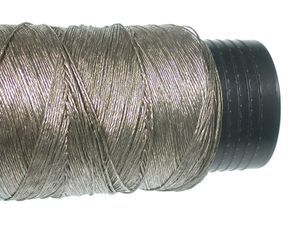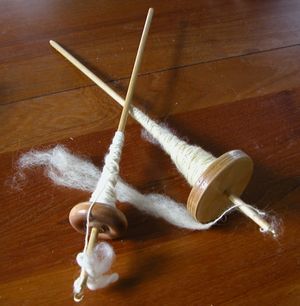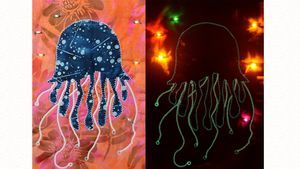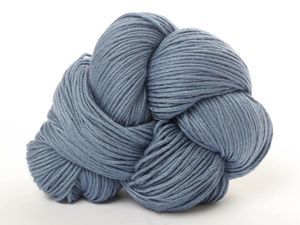User:Sterric/MakingIsConnecting
This is My making is connecting project page.
Notes on Theorie
This is where my notes go.
Making is connecting process
My process will be added here. Like a champ.
Week 1: Research
For the first week I did research on stitching. Throughout my research into older techniques my focus soon fell on the creation of yarn and string. I decided to focus on this subject because in a way it's the first true basis of stitching. Stitching in it's litteral sense finds its origin in the Paleolithic age as humans for the first time started stitching furs together to create clothing. But to do this they needed string. Now at first humans used leather cut into strips vines. However to me this shows that to do the act of 'stitching' one first needs string to stitch with.
This is why I looked up techniques of making threat. One of the techniques that caught my eye was the dropspindle technique. (Top two pictures to the left) This technique caught my eye because to tool used to create the rope is actually extremely simple in concept and is probably the oldest technique in making yarn. A very important part of this process is the material that one uses to create the yarn. It can only be created with natural products, or at least products that have rough fibers that help bind the material. Classical materials are wool, flax, hemp and cotton. However in principle any kind of animal hair (including human hair) is suited for creating yarn. In modern techniques people have found way more complex materials to make yarn from. Now we can make yarn from corn or bamboo for instance, but it can now also be made from unusual things like gelatine made from slaughterhouse waste.
Industrialized yarn is made along the same theories as hand made yarn. A machine collects the fiber and (in greatly simplified terms) spins it into yarn. The machine makes it possible to make way more perfect and tight yarn, as wel as perfectly controlling the texture and tightness of the spin. However a machine in it's own way takes out the 'imperfections' that hand work can create. Especially for knitting those imperfections can be charming as they can change the structure of how the final product will look. Then again machine made yarn in general is more reliable and can assure the buyer of a perfect structure that always gives the same result.





